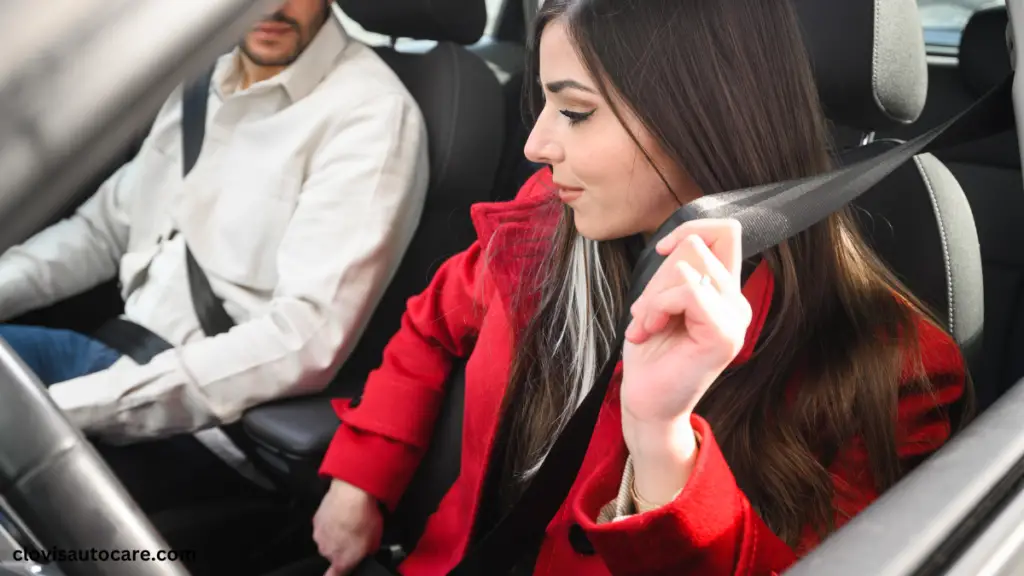
Car accidents are the leading cause of death for teens in the United States, and new drivers are three times more likely to be involved in a crash compared to experienced drivers, according to the CDC.
Whether you’re a teenager behind the wheel for the first time or a new driver of any age, staying safe on the road starts with understanding and practicing basic car safety habits.
therefore for you or other new drivers on the road not to add to the metrics,
This guide provides 10 practical and actionable car safety tips for new drivers.
These tips will help you build confidence, stay safe, and avoid unnecessary risks while adding to your skill sets.
1. Buckle Up Every Time
Seatbelts are your first and most effective line of defense in the event of a collision.
They reduce the risk of serious injury or death by 45% for front-seat passengers, according to the National Highway Traffic Safety Administration (NHTSA).
It can be annoying for long drives, but anything for your safety is worth it.
Action Steps
- Make it a habit: Put your seatbelt on before starting the car, and ensure all passengers are buckled up.
- Check your passengers: If you’re the driver, it’s your responsibility to ensure everyone is wearing their seatbelt—no exceptions.
- Adjust properly: The belt should rest snugly across your chest and lap, not your stomach or neck.
2. Adjust Your Mirrors and Seat
Proper adjustments maximize your visibility and ensure you’re comfortable, preventing strain during long drives.
Don’t forget that car mirrors are your eyes and need to be put to use. As a new driver, you have three different eyes on the right, left, and center of the car.
Poor visibility can lead to missed hazards, while discomfort can affect your reaction time.
Action Steps
- Adjust your seat: Sit so that you can comfortably reach the pedals and steering wheel, with your knees slightly bent and your back supported.
- Set your mirrors: Adjust side mirrors so you can just barely see the edge of your car. For the rearview mirror, ensure you have a clear view of the entire back window.
- Test visibility: Before driving, do a quick scan to ensure you can see all angles without straining.
3. Follow Speed Limits
Driving too fast reduces your reaction time and increases the severity of accidents. Speeding is a factor in 29% of all traffic fatalities in the U.S., according to the NHTSA.
Action Steps
- Know the limits: Pay attention to posted speed limit signs and adjust your speed accordingly.
- Drive slower in neighborhoods: Be extra cautious in residential areas, school zones, and parking lots.
- Use cruise control: On highways, use cruise control to maintain a steady, legal speed and avoid creeping above the limit.
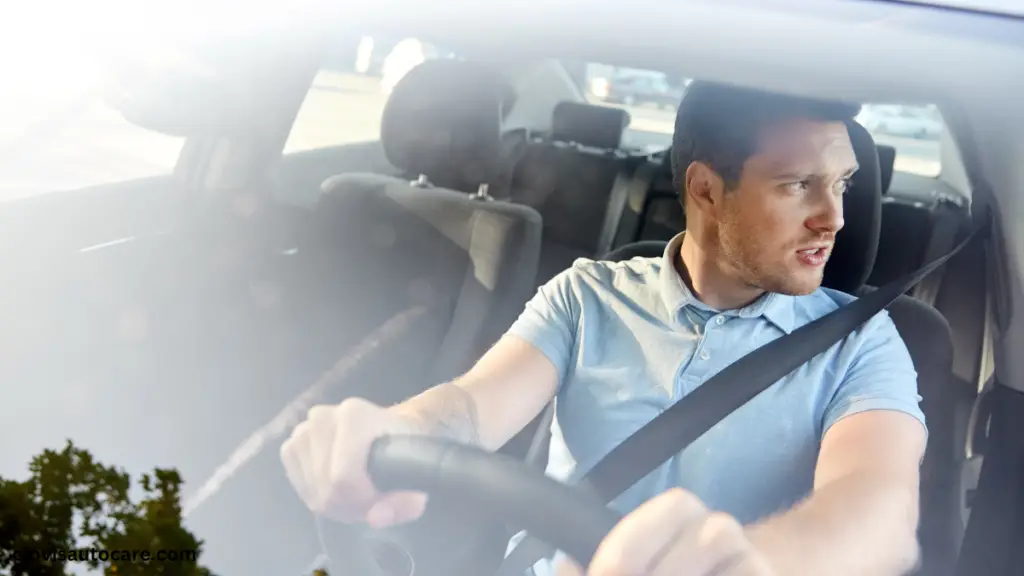
4. Avoid Distractions
Taking your eyes off the road for even five seconds at 55 mph means you’ve traveled the length of a football field without looking.
Distractions are a leading cause of accidents among new drivers.
Common Distractions to Avoid
- Phones: Keep your phone out of reach or use “Do Not Disturb While Driving” mode.
- Eating or drinking: Pull over if you need to eat or drink.
- Passengers: Limit the number of passengers in your car, as they can be a source of distraction.
Focus Techniques
- Keep both hands on the wheel at all times.
- Always glance ahead, to the sides, and in your mirrors to stay aware of your surroundings.
5. Maintain a Safe Following Distance
Tailgating reduces your reaction time, making it harder to avoid a collision if the car in front of you stops suddenly.
Action Steps
- Follow the 3-second rule: Pick a fixed object on the side of the road. When the car in front of you passes it, count “one thousand one, one thousand two, one thousand three.” If you pass the object before you finish counting, you’re too close.
- Increase distance in bad weather: Double your following distance when roads are wet, icy, or visibility is reduced.
6. Use Turn Signals
Turn signals communicate your intentions to other drivers, helping to prevent accidents and maintain the flow of traffic.
Action Steps
- Signal at least 100 feet before turning or changing lanes.
- Don’t rely only on mirrors: Use your signals even if you think no one is around—there may be a car in your blind spot.
- Cancel your signal: After completing your turn, make sure your signal is turned off to avoid confusing other drivers.
7. Check Your Blind Spots
Mirrors don’t show everything. Blind spots can hide other vehicles, bicycles, or pedestrians, making it critical to check them before changing lanes.
How to Check Blind Spots
- Before changing lanes, turn your head quickly to look over your shoulder in the direction you’re moving.
- Use your mirrors to monitor traffic flow but don’t rely on them alone.
- Be mindful of larger blind spots in SUVs or trucks and adjust accordingly.
8. Keep Your Car Well-Maintained
A poorly maintained car is more likely to break down or cause accidents. Regular maintenance ensures your vehicle operates safely and efficiently.
Key Maintenance Tasks
- Check tire pressure monthly and ensure tread depth is within safe limits.
- Inspect brakes regularly for wear and replace them if they’re squealing or less responsive.
- Change oil as recommended in your owner’s manual to keep the engine running smoothly.
- Test lights: Ensure headlights, brake lights, and turn signals are all functioning.
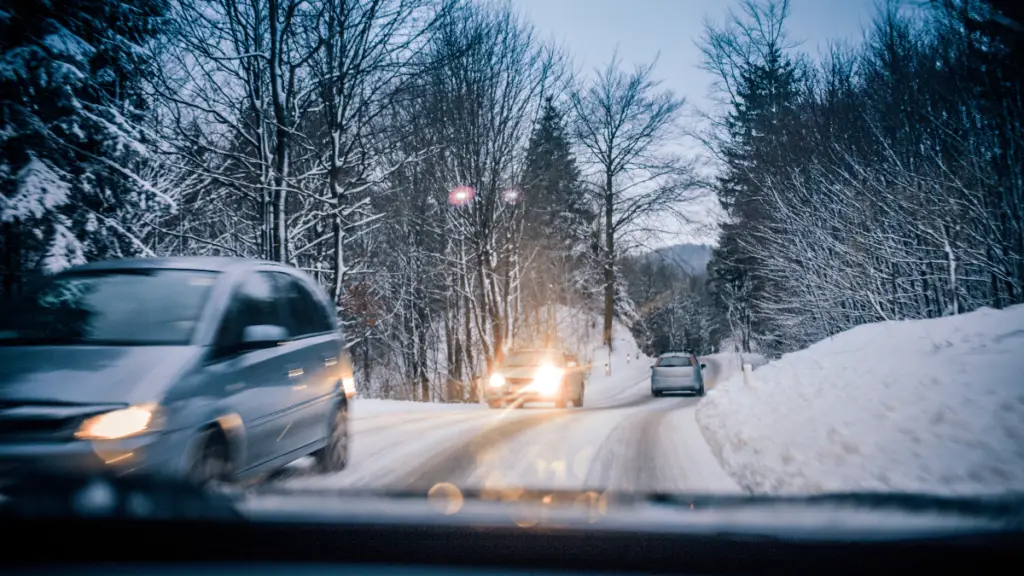
9. Be Cautious in Bad Weather
Rain, snow, and fog increase the risk of accidents by reducing visibility and traction. Adjusting your driving habits in bad weather is critical for staying safe.
Tips for Driving in Bad Weather
- Slow down: Reduce your speed to maintain better control.
- Use headlights: Turn on your low beams in rain or fog to improve visibility.
- Avoid sudden movements: Accelerate, brake, and turn gently to avoid skidding.
- Check wipers: Replace worn-out windshield wipers to ensure clear visibility.
10. Know What to Do in an Emergency
Emergencies like flat tires or dead batteries can happen unexpectedly. Knowing how to respond will keep you calm and safe.
Emergency Procedures
- Flat tire: Pull over to a safe location, turn on your hazard lights, and use your spare tire or call for roadside assistance.
- Dead battery: Always carry jumper cables in your car. Connect the cables to the correct terminals and follow your owner’s manual instructions.
- Accidents: Stay calm, move to safety if possible, and call the police. Exchange insurance information with the other driver.
Items to Include in an Emergency Kit
- Jumper cables
- Flashlight with extra batteries
- First-aid kit
- Tire pressure gauge
- Non-perishable snacks and water
- Blanket or extra clothing
Conclusion
Driving comes with responsibility, especially for new drivers. By following these 10 essential car safety tips, you can reduce the risk of accidents, stay confident on the road, and protect yourself and others.
Make safety a priority every time you get behind the wheel. Share this article with friends and family who are learning to drive, and remember that good driving habits start with you. Stay safe.
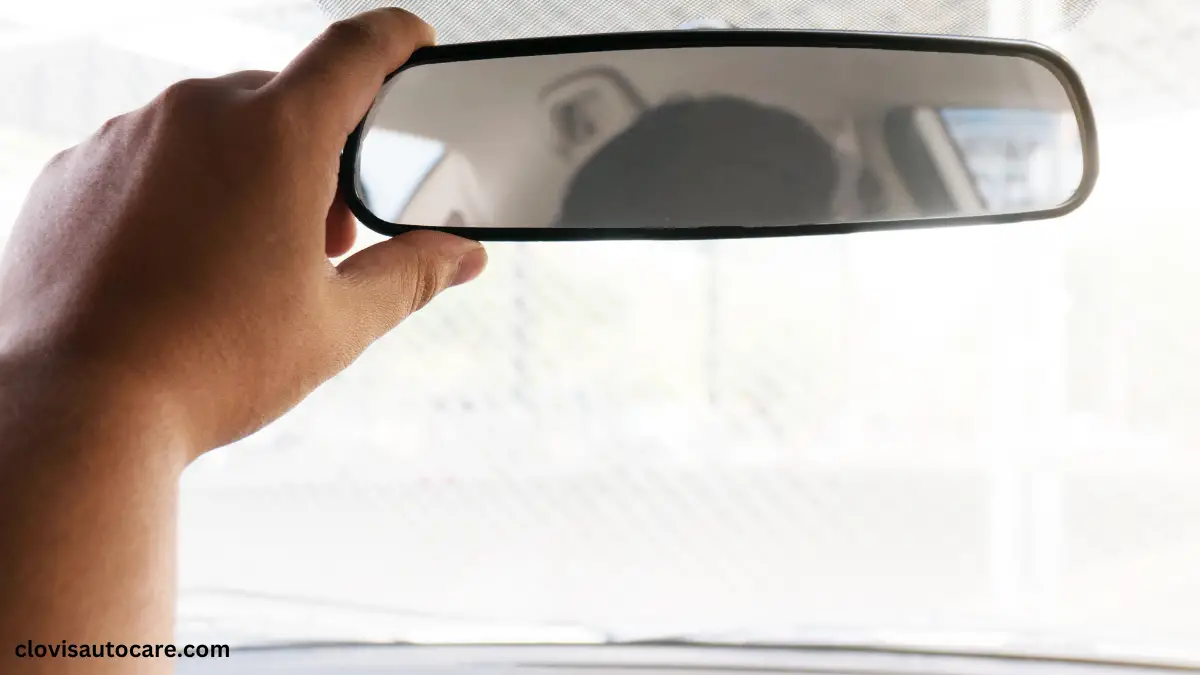

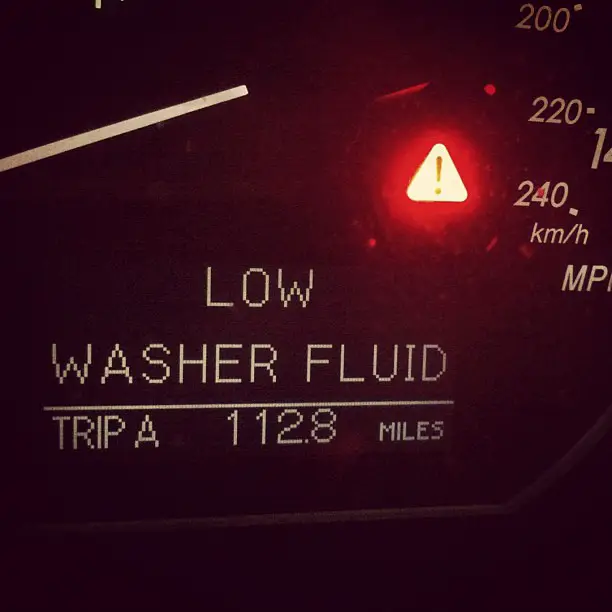
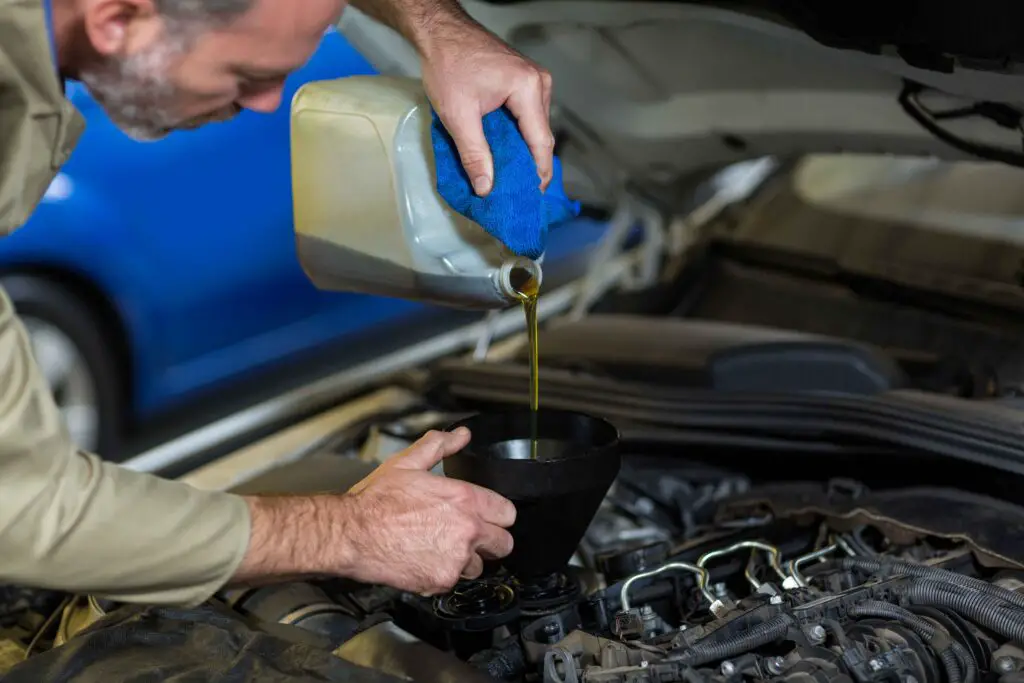
Leave a Reply